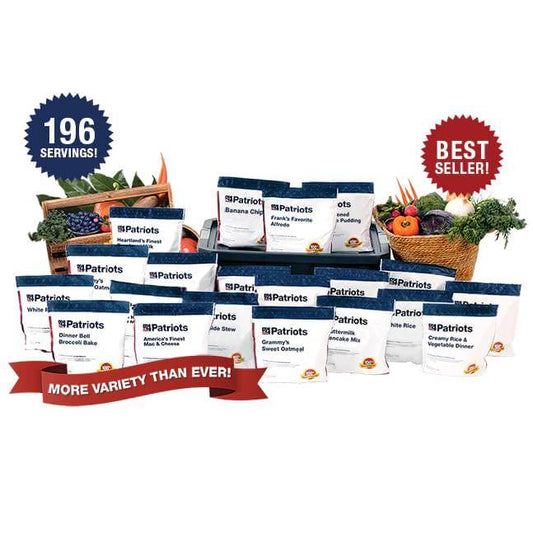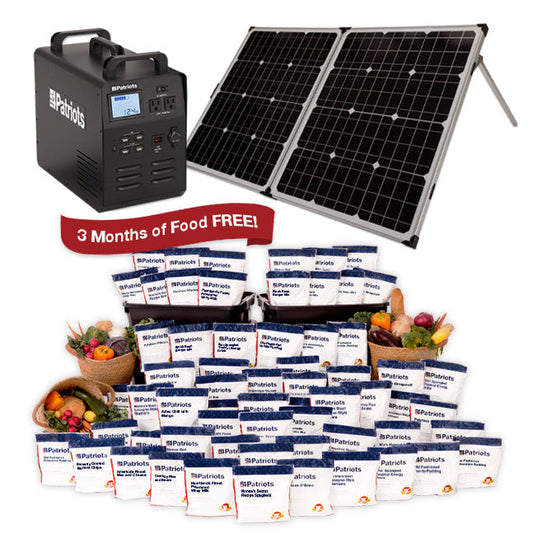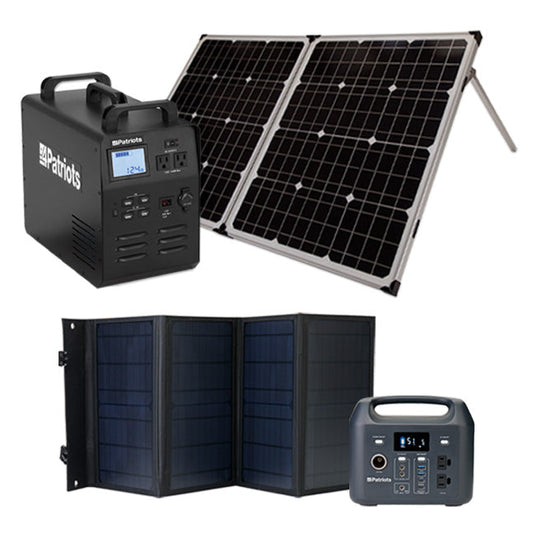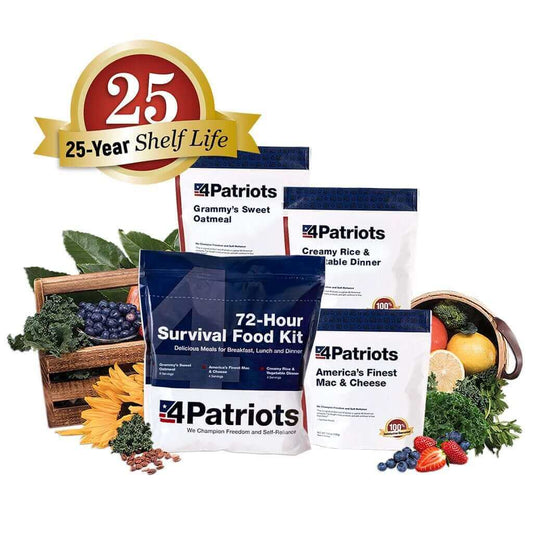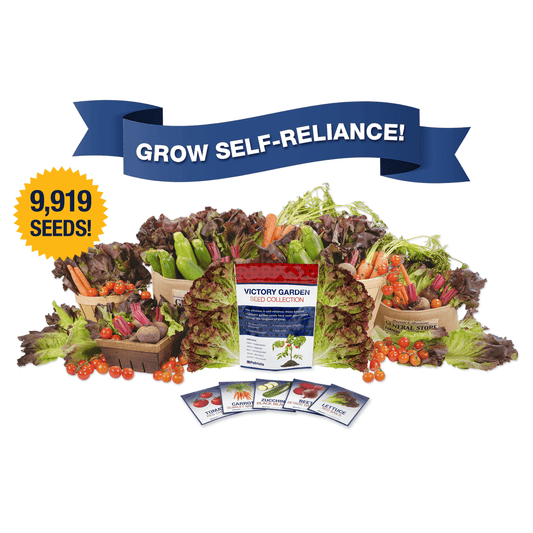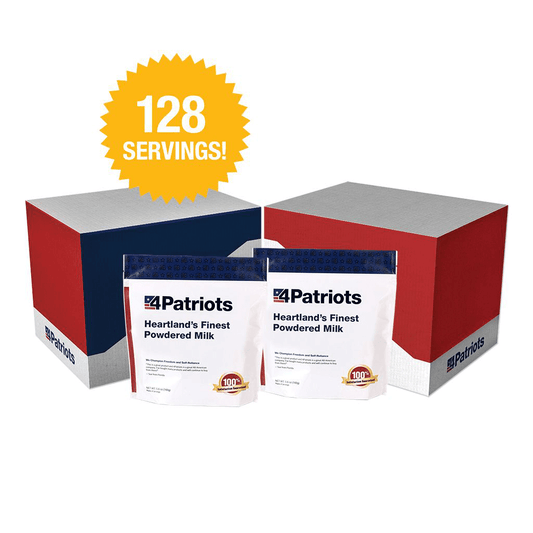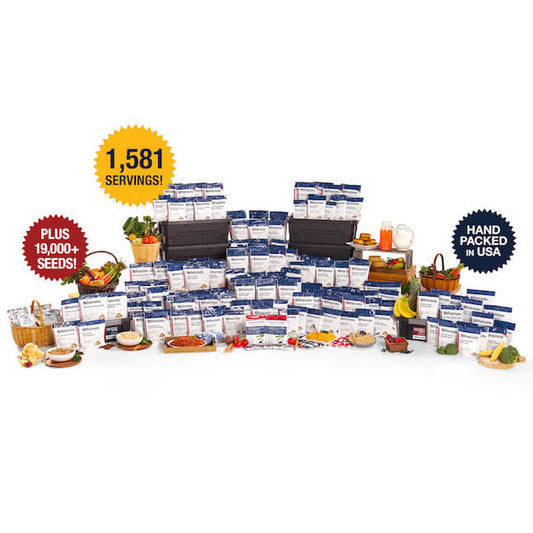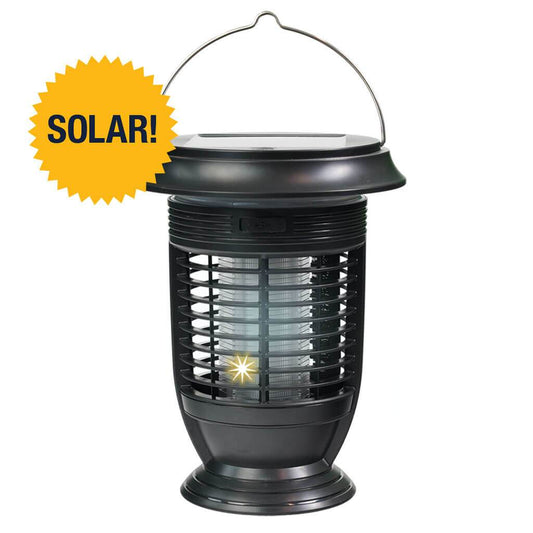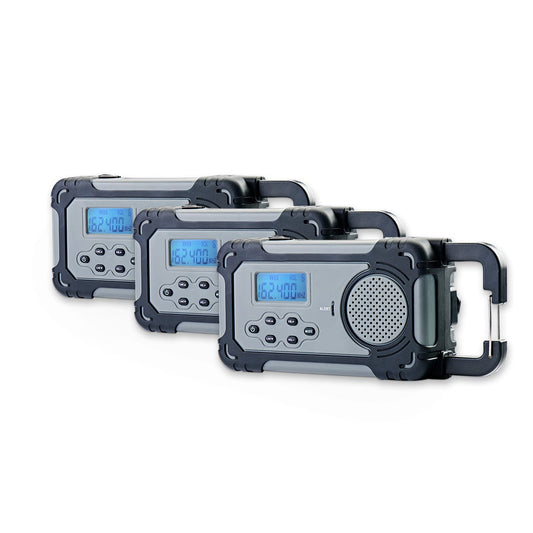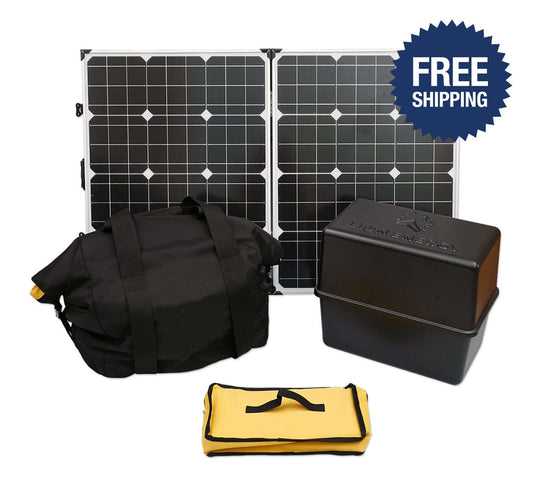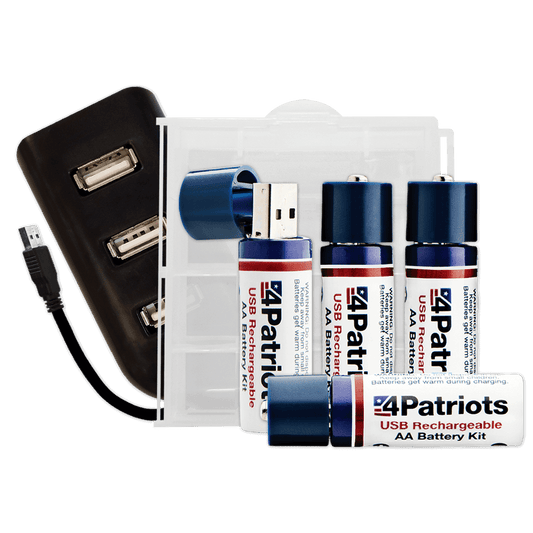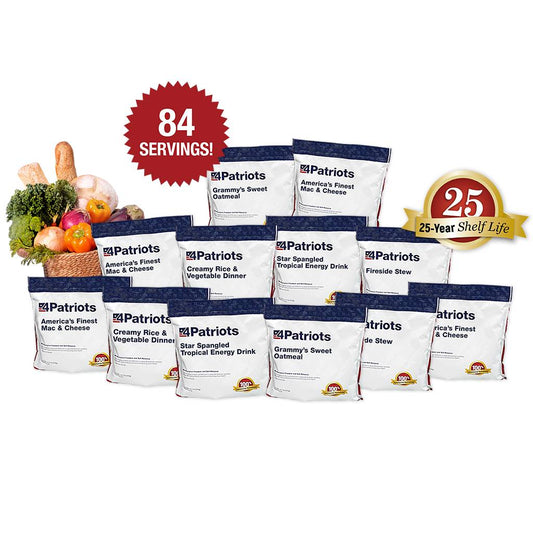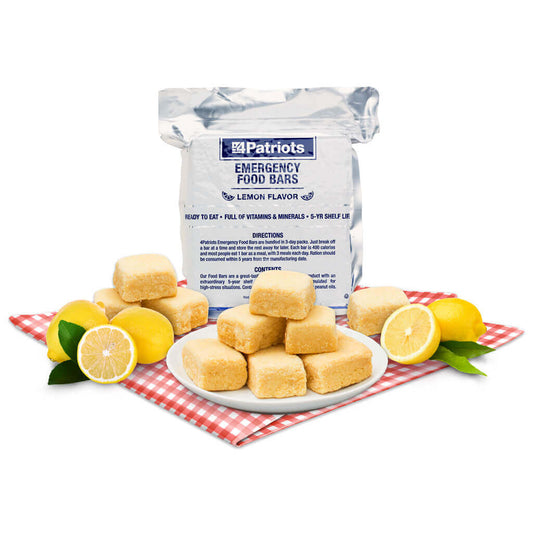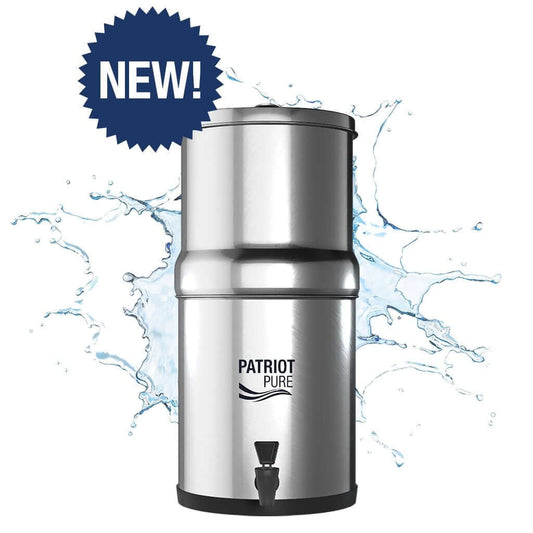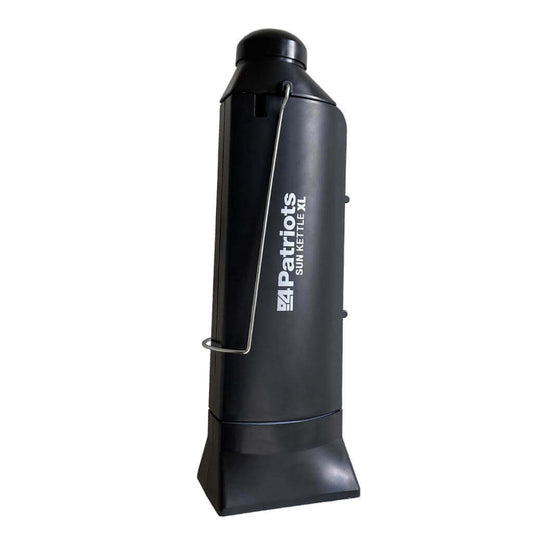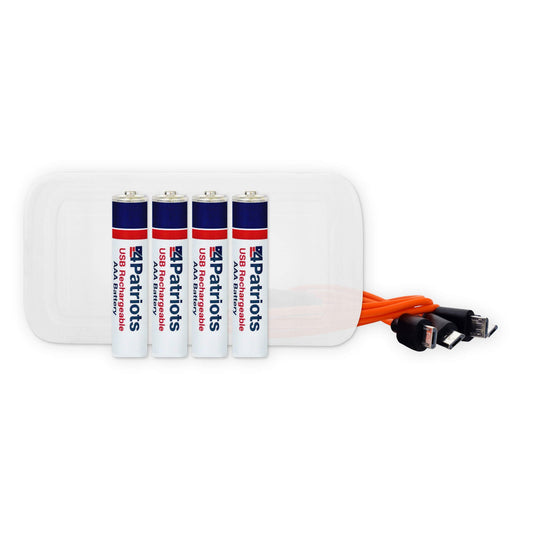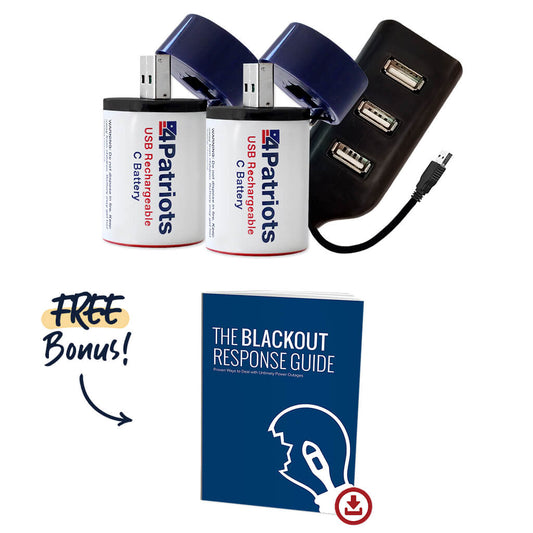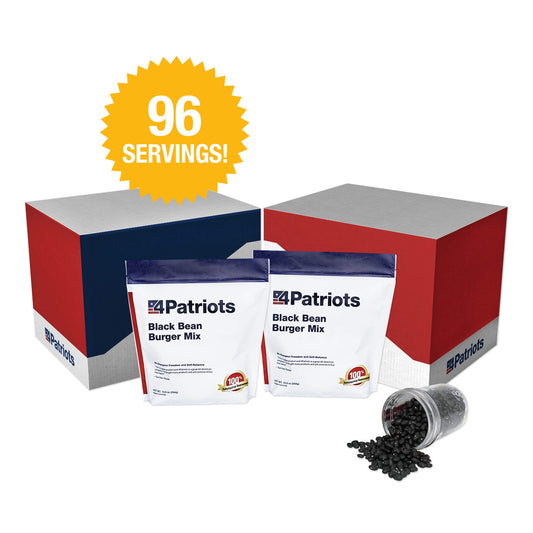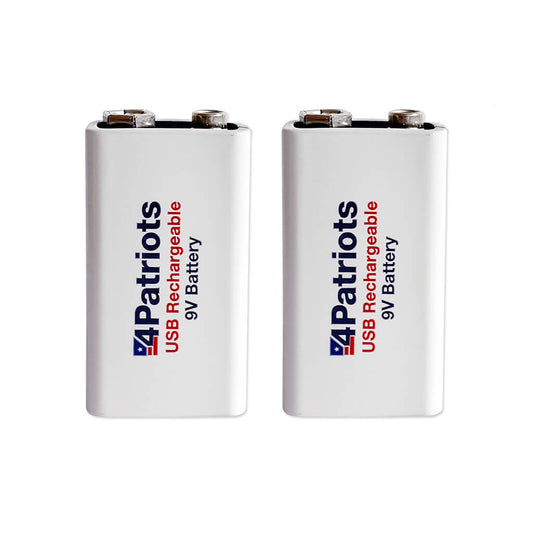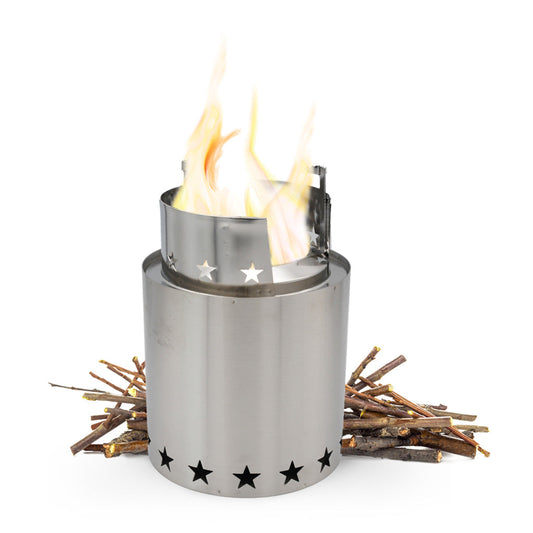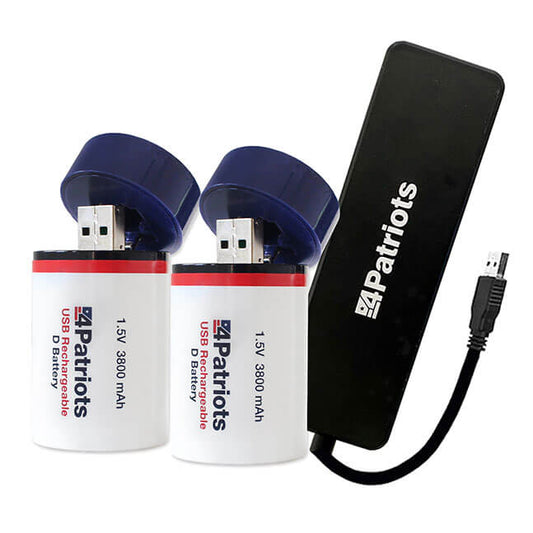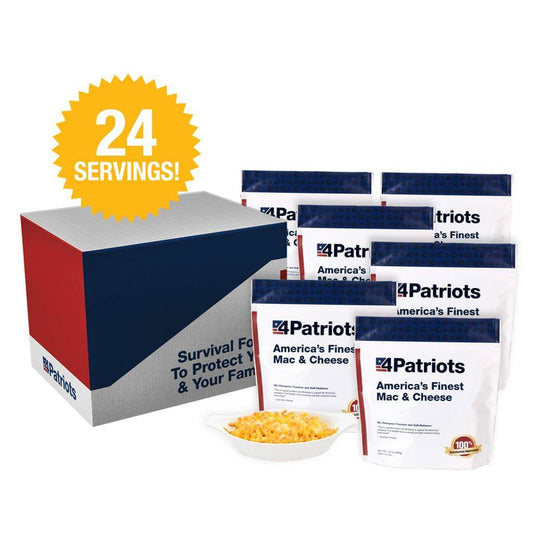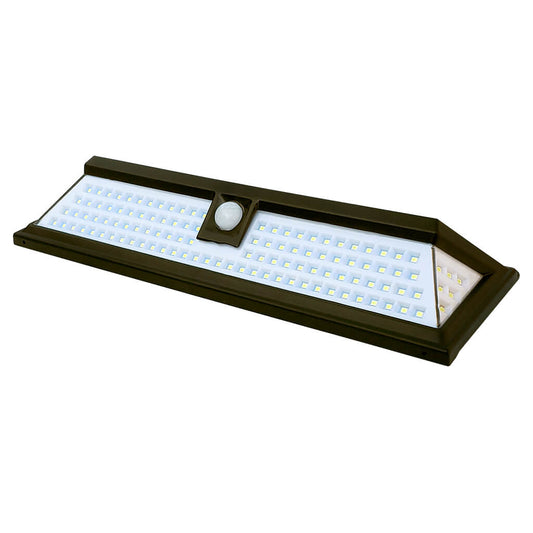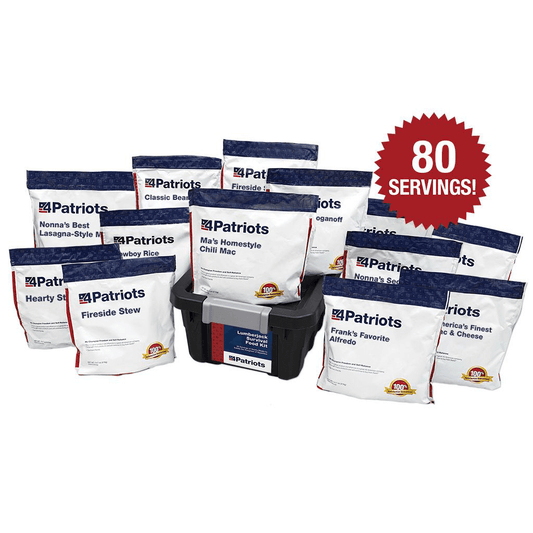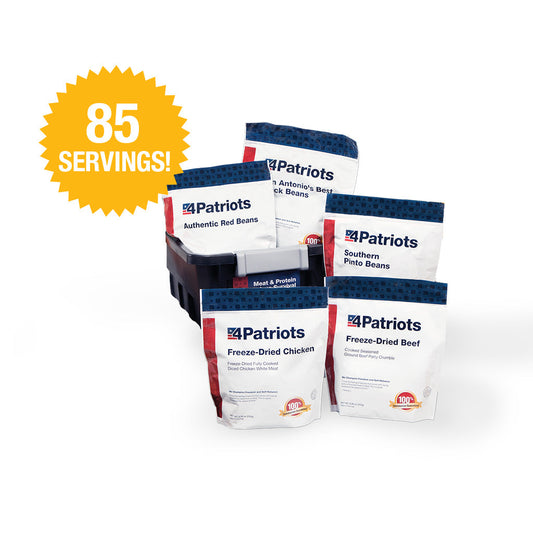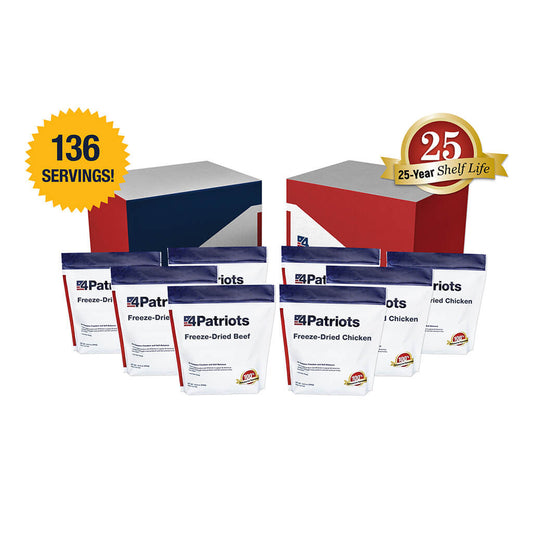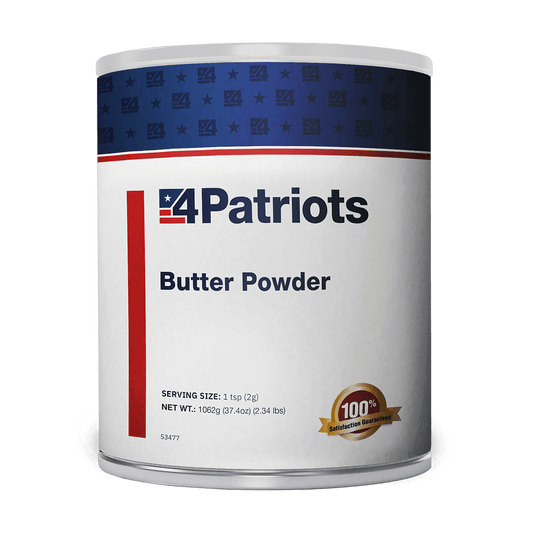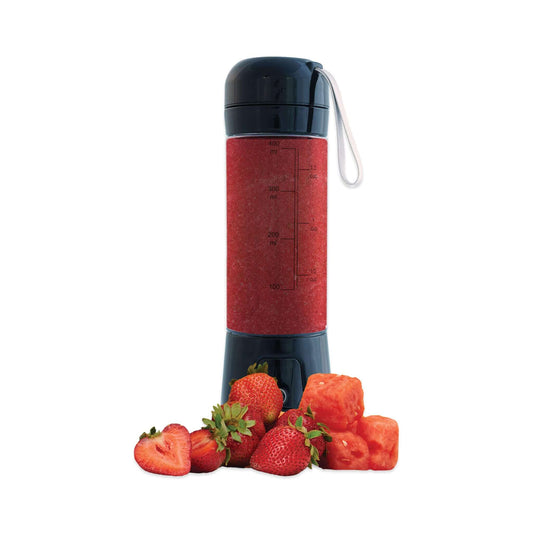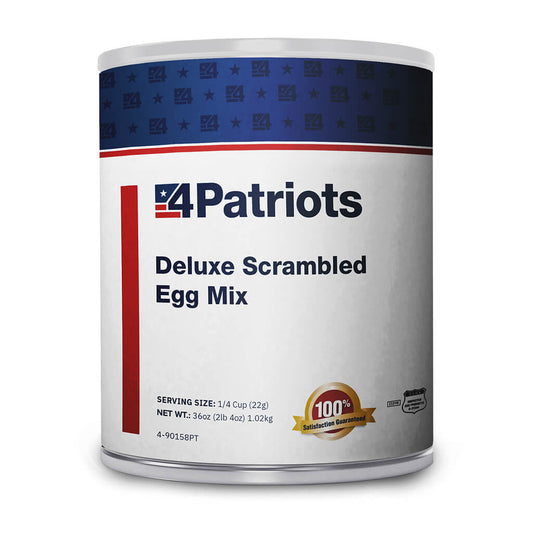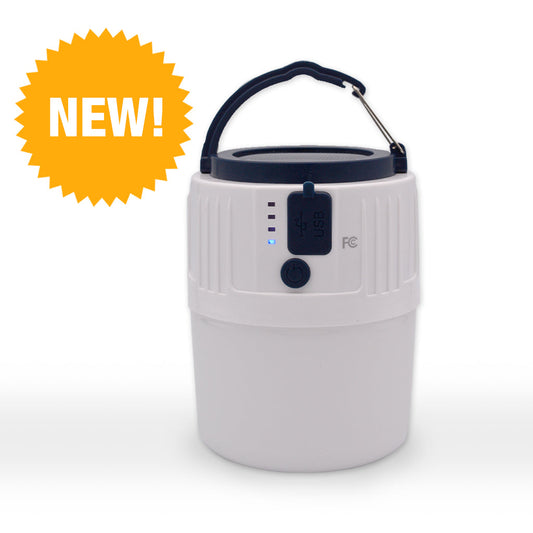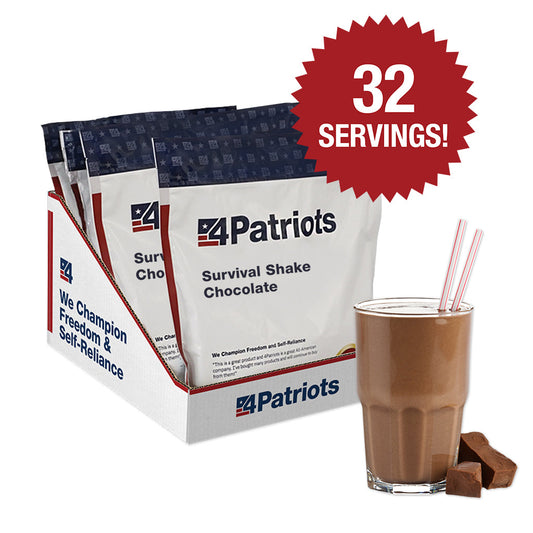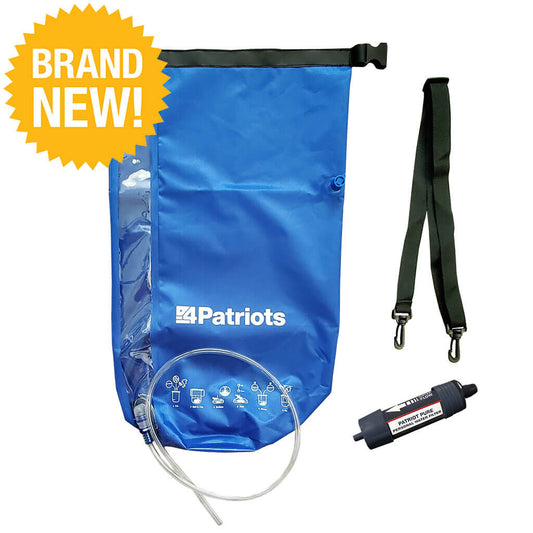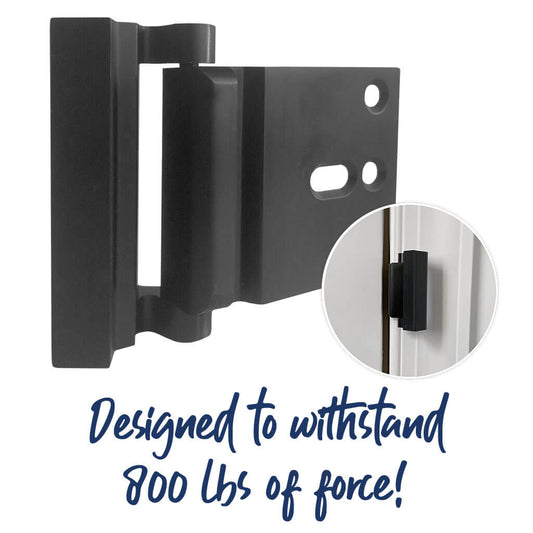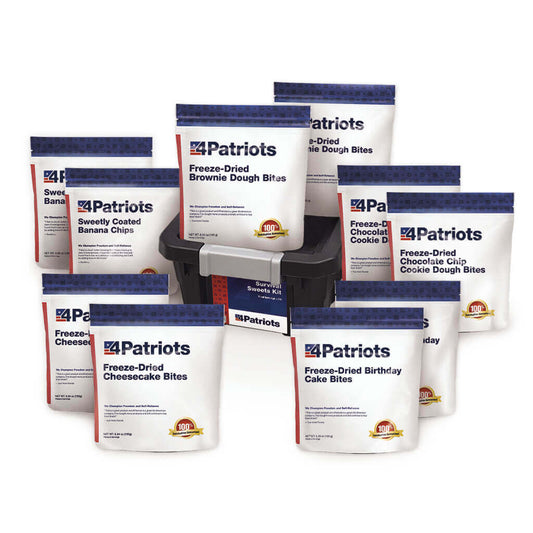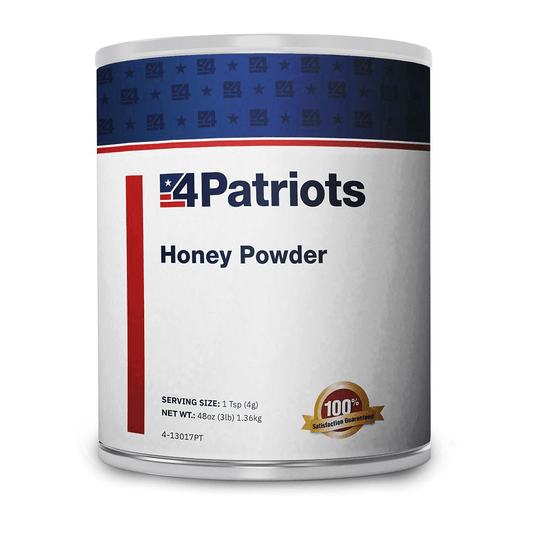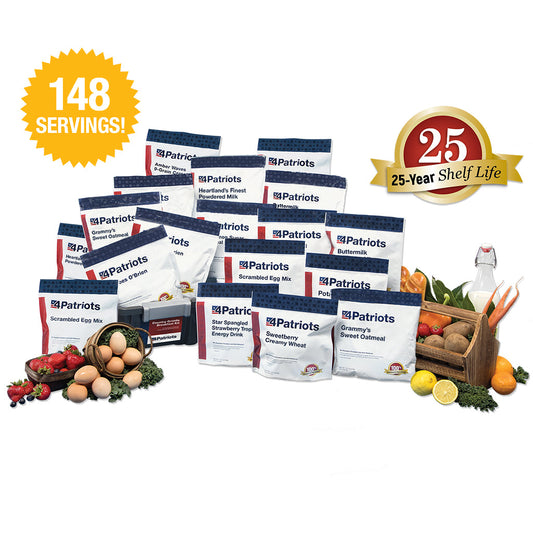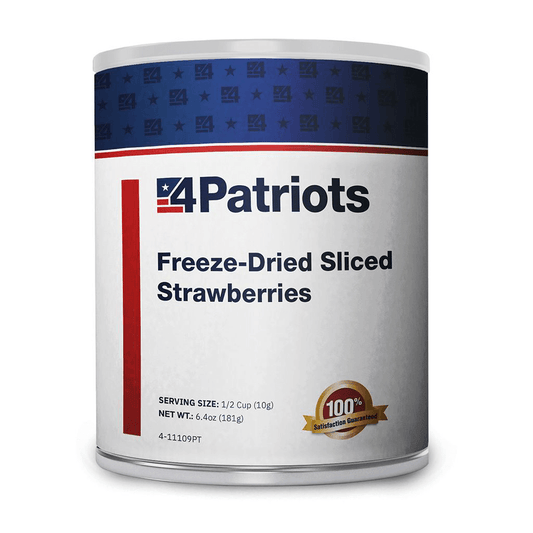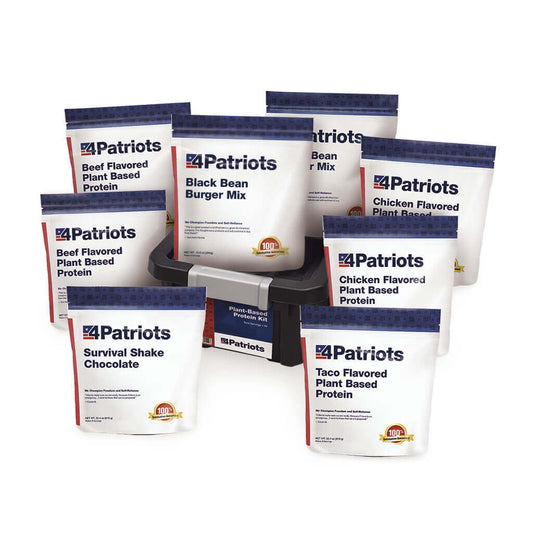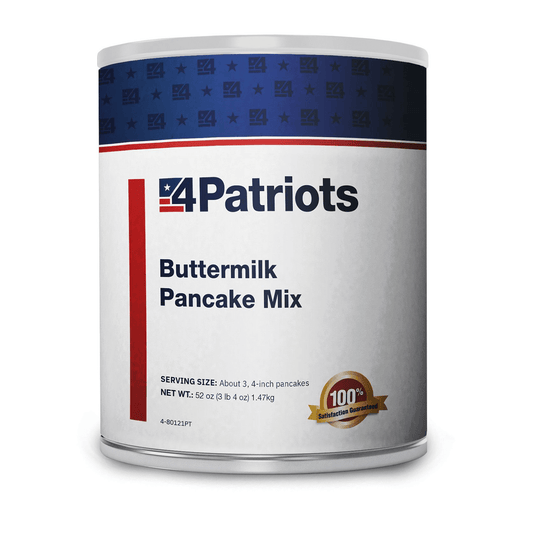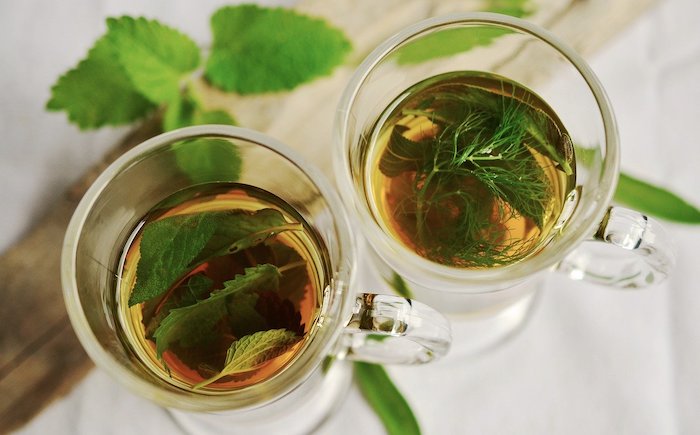
11 Survival Uses for Leaves

Many of us have trees on our property. Isn’t it beautiful when the buds start appearing in the spring?
It’s also lovely when green leaves fill these trees during the summer. And gorgeous when those leaves turn different shades of yellow, red and brown in the fall.
But then in the mid- to late fall, suddenly the sight is not so appealing anymore. All those beautiful leaves are now covering your lawn.
For many of us, the process of raking and bagging those leaves – and perhaps driving them to the nearest waste disposal area – is not fun. In fact, it can be exhausting.
Foot blister protection
But those fallen leaves – and others you can obtain – don’t have to be a source of aggravation. Actually, they have some interesting survival uses you might want to check out. We’ll call them “leaf hacks.”
Here’s a great example. In a survival situation, you’ll probably be spending more time on your feet than normal. You’ll do more standing and walking, including on uneven terrain.
And that means inevitable blisters will form on your feet. Unless, that is, you can cushion your feet. One way to do that is by placing leaves from the mullein plant inside your shoes.
In addition to being soft and absorbent, these leaves have an antibacterial quality. And if necessary, these leaves could also be a substitute for napkins and toilet paper.
Padding and bandaging
If you’re forced to sleep outdoors during a survival event, fallen leaves could be a great source of both insulation and padding.
Leaves can serve as insulation at the bottom of your tent. And a pile of leaves can act as padding between the ground and your sleeping bag.
Some leaves will give you additional protection. Cuts are inevitable when bugging out. But leaves from the plantain herb have antibacterial and anti-inflammatory properties.
Chew up one of the leaves and spread it on the cut or scrape. Then use another leaf as a bandage to hold it in place.
Cooking and eating
You’re going to have to eat while trying to survive. Leaves may be the only food source you have at first.
There are a number of wild leaves that are perfectly safe for consumption. They include leaves from dandelions, chickweed, clover, mallow and plantain. They can be eaten raw or cooked. Or crushed and used to brew teas.
Some leaves can also be used in the food preparation process. Pack food into a wrap of burdock leaves to hold over a fire. The leaves will help contain juices you don’t want to lose while cooking.
Basswood leaves can be used as makeshift plates for your food. They will help keep dirt and other contaminants away from your food. And, you can eat these leaves if you want to.
Composting
If you’re able to hunker down at home during an emergency, or you’re able to settle down somewhere else, you’ll want to have a garden to grow you own food.
Leaves come in very handy here because they make a great addition to a compost pile. That compost can be used in your garden to help improve the soil.
The nice thing is, you don’t have to “treat” these leaves. Just let them naturally rot for a few months. They have double the amount of nutrients found in manure. The leaves of one large tree are worth as much as $50 worth of plant food and humus.
You can speed up the process by shredding those leaves. Then sprinkle them into your compost pile in layers.
The best leaves for a compost pile come from trees that are high in nitrogen, calcium, magnesium, phosphorous, potassium and more. Such as maple, elm, ash, cherry, willow, poplar and linden trees.
Mulching
Another way to use leaves in your garden is as mulch. This is also a fertilizer treatment. But all you have to do is place them on the soil surface.
Over time they will decompose and add their nutrients and other organic matter to the soil. In fact, you may not need another fertilizer for your plants.
Another benefit to using dead leaves as mulch is that it helps maintain soil humidity. This is especially helpful in dry areas of the country.
Because it acts as a temperature buffer, mulch can keep your plants cooler in the summer and warmer in the winter. And mulch helps limit weed growth.
Other uses
Other ways leaves can help you in a survival situation include when you use them as tinder. They catch on fire easily.
Some bowl-shaped leaves – the long, sturdy green ones, for example – are ideal for harvesting water.
Large, durable leaves can also serve as shingles for a lean-to you’ve put together. When woven together, they will offer some protection from the weather.
Certain leaves can be used for cordage. Especially the fibrous ones when tied together. This “rope” could help you set up a shelter.
Dead leaves are a seldom-used natural resource we should take advantage of in a survival situation. Whether we bug out or hunker down. Money might not grow on trees, but leaves do. Let’s “spend” them wisely.
Featured Products
- Regular price
- From $799
- Regular price
-
- Sale price
- From $799
- Unit price
- per
- Regular price
- $249
- Regular price
-
- Sale price
- $249
- Unit price
- per
- Regular price
- $2,497
- Regular price
-
$3,194 - Sale price
- $2,497
- Unit price
- per
- Regular price
- $2,499
- Regular price
-
$2,994 - Sale price
- $2,499
- Unit price
- per
- Regular price
- From $29.95
- Regular price
-
$119.80 - Sale price
- From $29.95
- Unit price
- per
- Regular price
- $2,499
- Regular price
-
- Sale price
- $2,499
- Unit price
- per
- Regular price
- $499
- Regular price
-
- Sale price
- $499
- Unit price
- per
- Regular price
- $29
- Regular price
-
- Sale price
- $29
- Unit price
- per
- Regular price
- $2,796
- Regular price
-
- Sale price
- $2,796
- Unit price
- per
- Regular price
- $29.95
- Regular price
-
- Sale price
- $29.95
- Unit price
- per
- Regular price
- $97
- Regular price
-
- Sale price
- $97
- Unit price
- per
- Regular price
- $4,999
- Regular price
-
- Sale price
- $4,999
- Unit price
- per
- Regular price
- $49.95
- Regular price
-
- Sale price
- $49.95
- Unit price
- per
- Regular price
- From $69
- Regular price
-
- Sale price
- From $69
- Unit price
- per
- Regular price
- $201
- Regular price
-
- Sale price
- $201
- Unit price
- per
- Regular price
- From $90.97
- Regular price
-
$129.95 - Sale price
- From $90.97
- Unit price
- per
- Regular price
- $999
- Regular price
-
- Sale price
- $999
- Unit price
- per
- Regular price
- $29.95
- Regular price
-
- Sale price
- $29.95
- Unit price
- per
- Regular price
- From $29.50
- Regular price
-
$30.99 - Sale price
- From $29.50
- Unit price
- per
- Regular price
- $129
- Regular price
-
- Sale price
- $129
- Unit price
- per
- Regular price
- From $27
- Regular price
-
$399.80 - Sale price
- From $27
- Unit price
- per
- Regular price
- $3,494
- Regular price
-
- Sale price
- $3,494
- Unit price
- per
- Regular price
- From $199
- Regular price
-
$205.50 - Sale price
- From $199
- Unit price
- per
- Regular price
- $99.95
- Regular price
-
- Sale price
- $99.95
- Unit price
- per
- Regular price
- $29.95
- Regular price
-
- Sale price
- $29.95
- Unit price
- per
- Regular price
- $8.99
- Regular price
-
$29.95 - Sale price
- $8.99
- Unit price
- per
- Regular price
- $99.95
- Regular price
-
- Sale price
- $99.95
- Unit price
- per
- Regular price
- $29.95
- Regular price
-
- Sale price
- $29.95
- Unit price
- per
- Regular price
- $59.95
- Regular price
-
- Sale price
- $59.95
- Unit price
- per
- Regular price
- $11.98
- Regular price
-
$29.95 - Sale price
- $11.98
- Unit price
- per
- Regular price
- $44.95
- Regular price
-
$44.95 - Sale price
- $44.95
- Unit price
- per
- Regular price
- $24.95
- Regular price
-
$49.95 - Sale price
- $24.95
- Unit price
- per
- Regular price
- $114.95
- Regular price
-
- Sale price
- $114.95
- Unit price
- per
- Regular price
- $189
- Regular price
-
- Sale price
- $189
- Unit price
- per
- Regular price
- $499
- Regular price
-
- Sale price
- $499
- Unit price
- per
- Regular price
- $59.95
- Regular price
-
- Sale price
- $59.95
- Unit price
- per
- Regular price
- $39.95
- Regular price
-
- Sale price
- $39.95
- Unit price
- per
- Regular price
- $59.95
- Regular price
-
- Sale price
- $59.95
- Unit price
- per
- Regular price
- $19.95
- Regular price
-
- Sale price
- $19.95
- Unit price
- per
- Regular price
- $99.95
- Regular price
-
- Sale price
- $99.95
- Unit price
- per
- Regular price
- $69
- Regular price
-
- Sale price
- $69
- Unit price
- per
- Regular price
- $14.27
- Regular price
-
$21.95 - Sale price
- $14.27
- Unit price
- per
- Regular price
- $149.95
- Regular price
-
- Sale price
- $149.95
- Unit price
- per
- Regular price
- $79.95
- Regular price
-
- Sale price
- $79.95
- Unit price
- per
- Regular price
- $39.95
- Regular price
-
- Sale price
- $39.95
- Unit price
- per
- Regular price
- $114.95
- Regular price
-
- Sale price
- $114.95
- Unit price
- per
- Regular price
- $39.95
- Regular price
-
- Sale price
- $39.95
- Unit price
- per
- Regular price
- $99.95
- Regular price
-
- Sale price
- $99.95
- Unit price
- per
- Regular price
- $24.95
- Regular price
-
- Sale price
- $24.95
- Unit price
- per
- Regular price
- $24.95
- Regular price
-
- Sale price
- $24.95
- Unit price
- per




